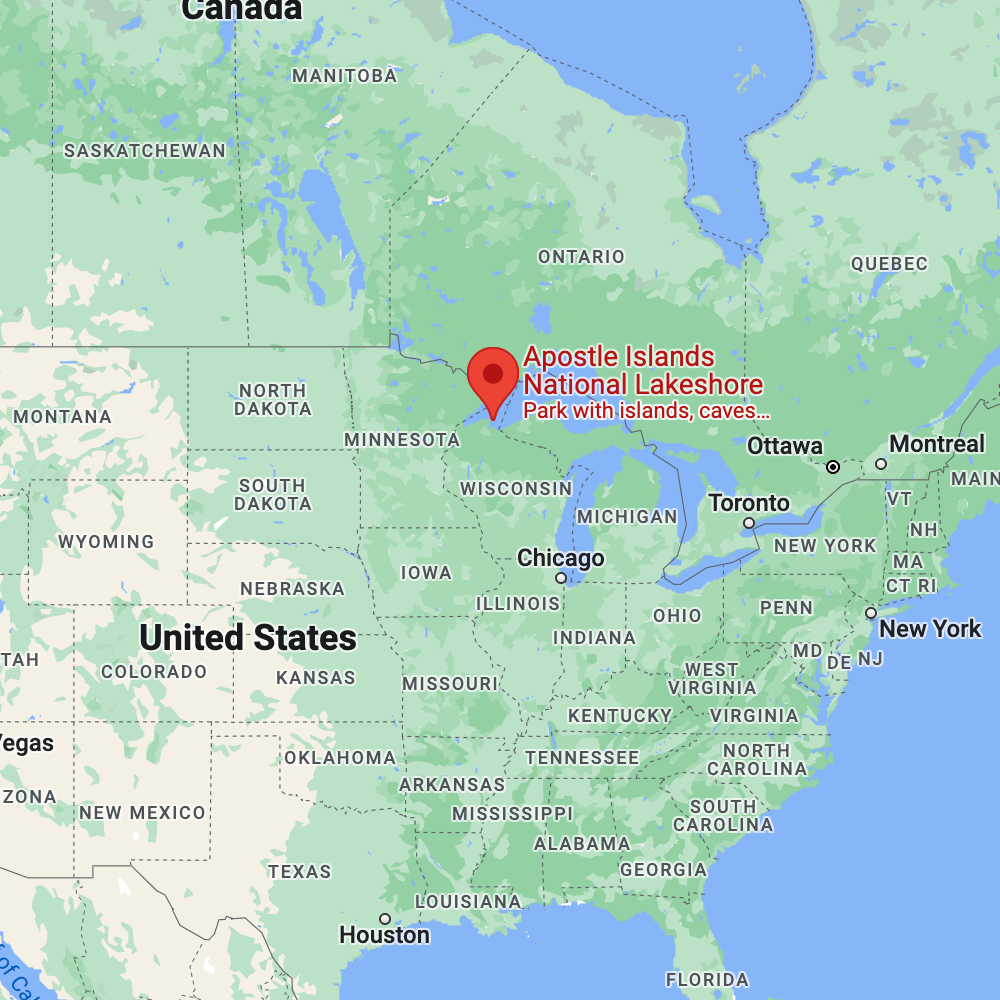It’s time for the annual National Parks Club/KAL!
Every month from May-August, we’ll be releasing 4 new parks colorways. We have almost exhausted all of the traditional US National Parks, so this year, we’ll be showcasing other National Parks areas, such as National Recreation Areas, Heritage sites, etc. Featured parks will fall under one of 4 categories:
- National History – Eastern USA
- National History – Western USA
- Indigenous Culture
- Human Rights Leaders/notable people
Check out our Socks and Hats on Vacay/Staycay summertime KAL with our friend Shannon Squire, too: https://shannonsquire.com/socks-hats-on-vacay-2022/
Thanks for exploring parks and making socks with us once again this summer! To get your yarn, check out our list of LYS’s offering National Parks (Parks yarn will ONLY be available at our LYS partners through the summer): https://knittedwit.com/parks-2022/
And, to play our new-to-2022 Vacay Bingo game, head in to your participating LYS and grab a gameboard or download it here: https://knittedwit.com/parks-2022/
Where is it located?
Apostle Islands National Lakeshore comprises a stretch of shoreline and 21 islands at the northern tip of Wisconsin, on Lake Superior.

Whose land does it reside upon?
This area named the Apostle Islands is home for some of the Ojibwe people who live throughout the Great Lakes. According to their written and oral history, the Ojibwe were the original inhabitants of this area. In order to gain the materials they needed to survive, they traveled throughout the islands with their main village being Madeline Island, which is known as Moningwunakauning: “Home of the yellow breasted woodpecker.”
When was it established?
September 26, 1970
About this park:
Twenty-two Apostle Islands lie off the Bayfield Peninsula in Lake Superior, the largest and most pristine of the Great Lakes.The National Lakeshore includes twenty-one of these islands and a 12-mile segment along Wisconsin’s north coast. Colorful Precambrian sandstone eroded into cliff formations, sea caves, and a collection of sandscapes, including sandspits, cuspate forelands, tombolos, a barrier spit, and numerous beaches.
The lakeshore is at the continental northwestern limits of hemlock-white-pine-northern hardwood forest as well as elements of boreal forest. This diversity provides habitat for nesting and migratory birds, and a variety of mammals, amphibians, and fish.
On the mainland, the Lakeshore Trail winds past cliffs and sea caves. Many islands have trails, beaches and marinas. Wildlife includes bald eagles, falcons and black bears. Sand Island and Raspberry Island have 19th-century lighthouses. The Lucerne shipwreck is just off Long Island
Why did we choose these colors?
We used this stunning photo of “The Garage,” which is the largest sea cave found in the park’s mainland unit, for our colorway inspiration:



For more information:
- NPS website: https://www.nps.gov/apis/index.htm
- Instagram: n/a
- Facebook: https://www.facebook.com/apostleislandsnationallakeshore